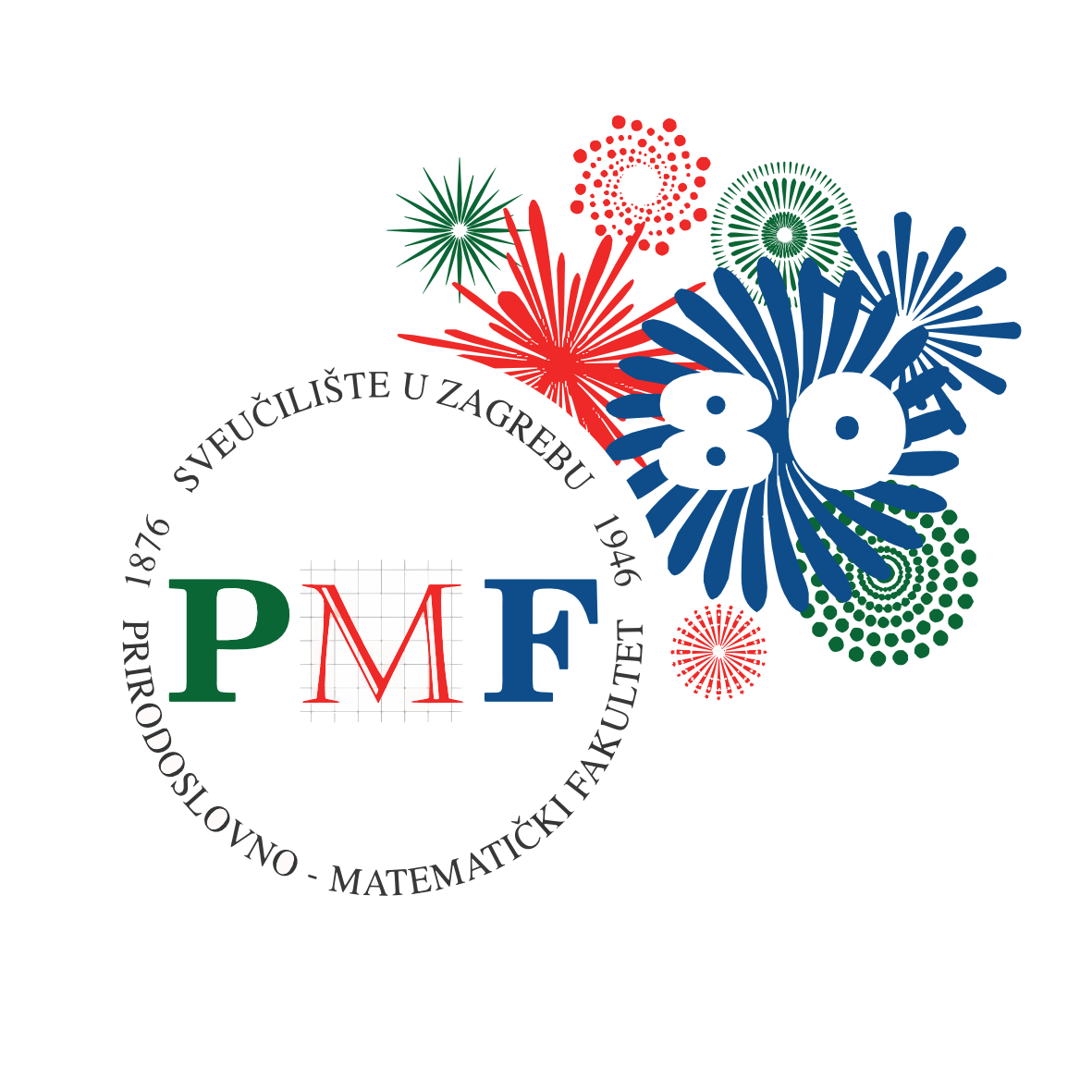Theoretical Physics Division of Condensed Matter covers theoretical investigations that are focussed on the understanding of behavior of high-temperature superconductors in the same three groups of measurements, and on the elucidation of the mechanism of high-temperature superconductivity. Electronic and optical properties of artificially fabricated systems of low dimensionality and nanoscopic size are also under investigation (electronic structure and excitations of thin metal films and heterostructures, tunneling and electronic current in nanostructures, the structure and mechanical properties of nanoparticles and nanowires, etc.), with an aim to elucidate their fundamental properties.
History of physics
The main subject of research will be Croatian natural sciences communities, especially the community of physicists, in the period 1875-1950. The goal is to elucidate the scope, the structure and the dynamics of the community, in particular the influence of the development of natural sciences and mathematics studies on the Croatian society.
Graphene and related materials
This research is dedicated to graphene modeling, single and multi-layered systems, undoped, intercalated and doped systems, in particular doped with alkali and alkaline earth metals, mechanical deformed systems, graphene nanoribbons, carbon nanotubes and graphene-based compounds (eg. CaC6). The research will include band structure and excitation spectrum calculations, transport and optical properties calculations (including ballistic conductivity, and plasmon excitations), Raman spectra and magnetic properties calculations, a study of pseudomagnetic fields effects created by mechanical deformation, a study of spatially inhomogeneous systems leading to charge/spin confinement. One part of this research is also related to studies of nanoelectromechanical systems (NEMS) where magnetic and pseudomagnetic fields affect the magnetic coupling and nanomechanics controlled via spin.
High temperature superconductors and related materials
It is a part of longstanding efforts to understand the physical mechanisms that govern in these materials. Our study will include the modeling of collective, transport and electromechanical properties, calculations of the dynamical conductivity and the dependence of the relaxation functions on frequency and temperature, temperature dependence of various transport coefficients, calculations of the imaginary part of the memory function, review how the electron-phonon scattering affects the electronic spectrum, the conductivity and Raman scattering. Our efforts will be dedicated to understand i) the mechanism of doping and the emergence of free charge, (ii) the nature of the metallic response, (iii) the pseudogap appearance in the spectroscopic data (iv) and the nature of the magnetic response function. This is also related to the research of transition metal oxides, e.g. nickelates and iridates, aiming to design a technologically desirable materials, and to better understand the superconductivity phenomenon in different groups of high temperature superconductors.
Organic compounds deposited on surfaces and on small metal clusters
This research includes the band structure calculations and how it affects spectroscopic data (optical absorption, EELS, photoemission, etc.) for organic molecules (benzene, terilen, fullerene, etc.) deposited on the surfaces of noble metals (eg. Au (111)), or on metal clusters such as Au147. The strong Coulomb interaction requires a solution of the Bethe-Salpeter equation that takes into account exciton creation and excited electron-hole interaction.
Layered transition metal dichalcogenides
In low-dimensional materials, including layered transition metal dichalcogenides, electron-electron and electron-phonon interactions give rise to various low temperature phases and phase transitions (e.g. charge/spin density waves, superconductivity, metal-insulator transition, Peierls instability, structural superstructure, different magnetic phases, etc.) making them interesting to theoretical and experimental studies, but also for a possible technological application. This research will include ground state calculations, crystal structure optimization, band structure and excitation spectra calculations (phonon, magnon), and calculations of optical, transport and magnetic properties.
Theoretical research of novel, mostly low-dimensional materials
The aim of this research is to understand basic properties and new phenomena important for technological application, as well as their modeling which allows the synthesis of future class materials having impact on technological development.

 Pristupačnost
Pristupačnost